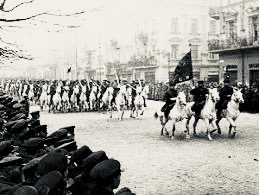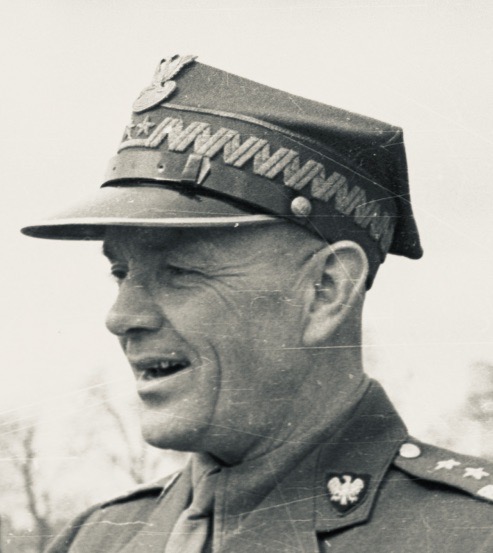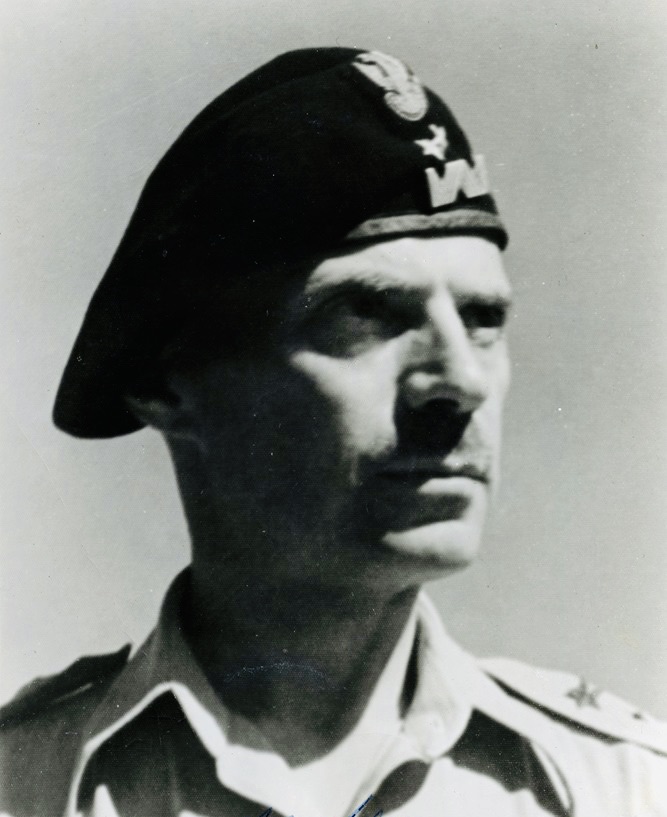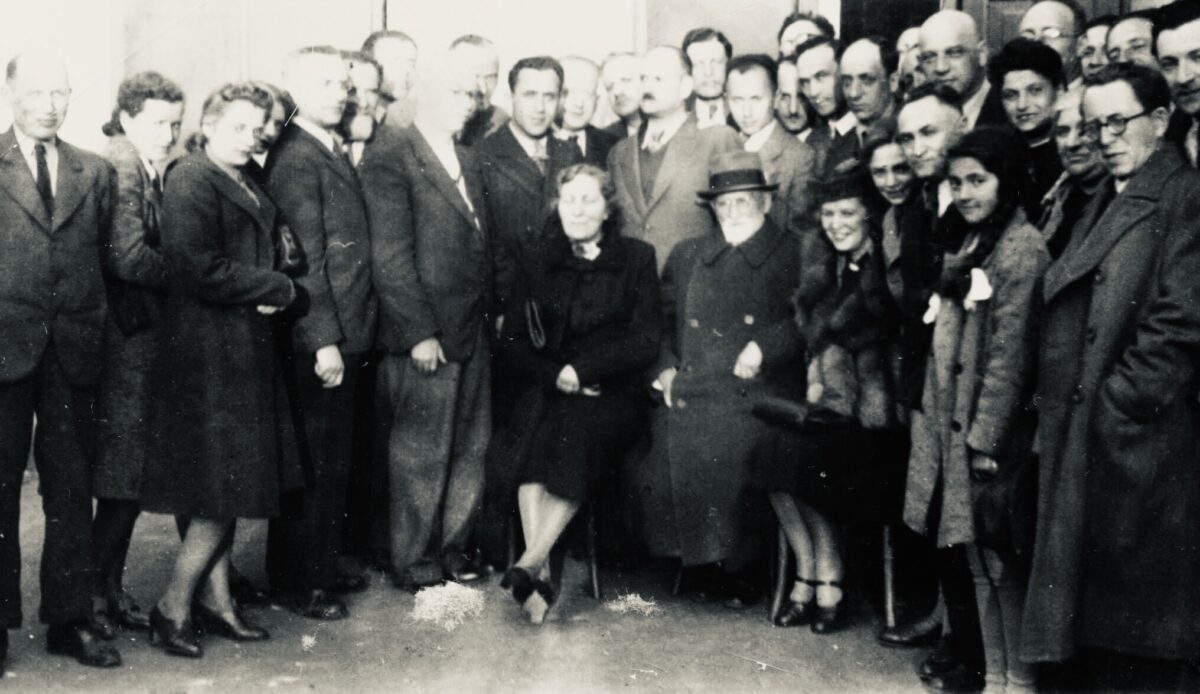Germany’s invasion of Poland in 1939 and of the Soviet Union in 1941 set off mass migrations of Polish Jews eastward. Precise figures are hard to come by, but hundreds of thousands of Polish citizens participated in this desperate flight for survival.
This topic was the subject of a conference at the Polin Museum of the History of Polish Jews in Warsaw in 2018. The papers that were presented have been compiled in an illuminating volume of essays, Polish Jews in the Soviet Union, 1939-1959 (Academic Studies Press), edited by Katharina Friedla and Markus Nesselrodt.
When Poland was invaded on September 1, 1939, the vast majority of its 3.3 million Jews remained in place, naively hoping for the best. A small and perceptive minority, fearing Nazi atrocities, fled to eastern Poland, which was occupied by the Red Army about two weeks later.

Soviet occupation forces remained in Poland for almost two years, until Germany broke its 1939 non-aggression pact with the Soviets. German troops captured the Soviet sector of Poland, and stormed into the Soviet Union on June 22, 1941.

According to Nesselrodt, the outbreak of World War II increased the Soviet Union’s Jewish population by 1.6 million. This migrant population could be broken down into three separate groups: the 1.3 million Jews living in Polish territory annexed by the Soviet Union after its conquest of eastern Poland in September 1939. The nearly 300,000 Jewish refugees from German-occupied parts of Poland. The 15,000 Polish Jews who fled to Lithuania, which was formally annexed by Moscow in the summer of 1940. In addition, some Jewish children were sent to Iran, whereupon they were transported to the Jewish community in Palestine.
Jews migrating into the Soviet Union streamed into cities in the center of the country and to Central Asian republics such as Kazakhstan and Uzbekistan. Still others were shuttled into collective farms and labor camps. Upwards of 13,000 young men and women were conscripted into special Polish army units to fight the Nazi aggressor.
“The decision to stay or go” was a “dynamic process … influenced by a variety of factors,” writes Nesselrodt, a German researcher. Geography, time, information, resources and family connections were at play here. “The closer a Polish Jew lived to the (Soviet) border, the greater the potential for both fleeing and the chances of success.”

Most Jewish refugee who initially crossed into the Soviet Union did so in the first two months of the war. In many towns near the Soviet frontier, the Germans drove Jews across the Bug and San rivers into Soviet territory.
After the border was officially sealed in November, however, the crossing became far more challenging. Nesselrodt cites the case of Herman Kruk, a Jewish librarian and journalist from Warsaw, who dodged German anti-aircraft fire as he made his way to Lithuania, en route to the Soviet Union, on September 7, 1939.
Flight required multiple resources ranging from money and valuables to contacts with smugglers and porters and relationships with relatives and friends in potential Soviet destinations.
Jews contemplating the hazardous trip to the Soviet Union, a communist state, were under no illusions. They were aware of its dire economic conditions, its anti-religious policies and its totalitarian political character. But in comparison to Nazi Germany, the Soviet Union was regarded as the lesser evil, particularly since it officially rejected all forms of antisemitic discrimination and persecution.
Although most Soviet and Polish Jews shared historic roots in the shtetls of the Pale of Settlement, the region where Jews were permitted to live during the three-century czarist era, Jewish refugees from Poland were often seen by Soviet Jewish citizens as unpleasant and enigmatic foreigners.
Secular Soviet Jews generally perceived Polish Jews in antisemitic terms as pushy, loud, obnoxious and greedy, or as outsiders attached to an antiquated world of religious observance and rituals. But as Natalie Belsky points out in her essay, these pious Jews reminded them of their “yearning for a stronger connection with their Jewish identity.” She adds that their shared Jewish identity often brought them together and that their encounters could be “mutually beneficial.”

Many able-bodied Jews signed up for service in a division of the Red Army commanded by Zygmunt Berling, who had been a high-ranking officer in the pre-war Polish army. By 1944, they comprised about a fifth of its recruits. Due to a lack of Polish officers, most of whom had been murdered by the Soviet secret service in Katyn in 1940, 70 percent of its commanders were Russians.
While some claim that Jews in Berling’s army experienced antisemitism and were compelled to attend Catholic religious services, others paint a different picture of solidarity and acceptance.
The Polish Armed Forces of the East, commanded by General Wladyslaw Anders, appears to have rejected many Jews. While he ordered the suppression of overt antisemitism, Anders, in informal conversations, preferred to keep them out of his army. Jews who managed to join were constantly subjected to insults and harassment from soldiers and officers.

A related issue discussed in this book is the antisemitism disseminated by some Christian Poles in the Soviet Union. “According to one testimony, Muslims began to feel worse towards Jews due to the influence of Polish propaganda, which led to open clashes on one collective farm in Kyrgyzstan,” writes Albert Kaganovich, a Canadian independent scholar.
Jews returning to Poland after the war learned that their friends and families had been subjected to unimaginable indignities and atrocities during the Holocaust. Compared to Jews who had suffered greatly under the Nazi jackboot in Poland, Jews who had escaped to the Soviet Union fared relatively well, says John Goldlust, an Australian researcher.
Jewish returnees discovered that antisemitism remained a potent force, the genocide of some three million Jews notwithstanding. While some Jews accused some Poles of assisting the Nazis and taking advantage of Nazi deportations to acquire Jewish property and goods, some Poles accused some Jews of collaborating with the Soviet authorities between 1939 and 1941.
Given the climate of the times and the pogroms that broke out after the war, most Polish Jews left Poland, never to return.
The essays in Polish Jews in the Soviet Union, 1939-1959 recount these tumultuous events with clarity, though several are as dry as dust and tend to be repetitive.
